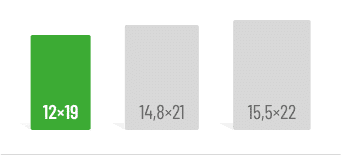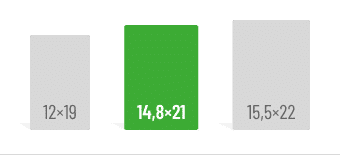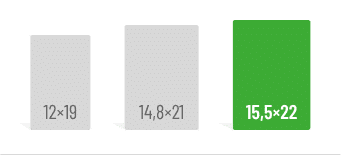First things first:
- Essays: 8-10 pages, personal opinion supported by arguments, citations are necessary, formal requirements must be met.
- Term papers: 20-40 pages, factual, supported by citations, formal requirements must be met.
Not all written assignments are created equal! Each academic text type has its own set of rules and characteristics. To help you navigate them, we’ve summarized the key points about essays and term papers below.
The essay: Short and snappy
The word “essay” derives from “to try, test, or evaluate,” which gives away two main features: an essay doesn’t aim to cover a topic exhaustively and allows for subjective opinions. Choose a small, focused topic where you can add a personal touch. Typically, an essay is pretty short, usually between five and ten pages. With such limited space, you need to keep your research question clear and to the point.
In most cases, you don’t need to break your text into chapters or include a table of contents. An essay usually consists of a continuous text and citations, especially if you’re analyzing a literary work. Of course, you still need to include sources and a bibliography, just like in any other academic work. So, whenever you use information or quotes from other sources, they need to be clearly marked and referenced. This also applies for essays. However, in an essay, it’s normal to have fewer sources and to spend more time developing your own argument or analyzing a quote over several paragraphs.
In the sections where you build your own argument, you have more freedom in how you present your ideas. An essay is the right place to share personal impressions or make your own evaluations. Just remember that your personal opinion still needs to be backed up by reasoning and not presented as a fact. The style can be a bit more relaxed or even literary, as long as your readers can still follow your points.
Essay checklist:
- An essay is typically five to ten pages long.
- No need for a table of contents or chapter divisions. Nevertheless, a title page, a bibliography and the affidavit should not be missing.
- Personal opinions and evaluations are allowed.
- All information from other sources must be properly cited and referenced.
The term paper: Practicing academic writing
A term paper, especially in the early semesters, can be just 15-20 pages long—not much longer than an essay. Still, it requires a more structured approach. The focus of a term paper is on objectivity. All statements must be verifiable, and of course, all sources must be cited. The style should be neutral and factual, so your arguments come across through well-reasoned and supported claims. If you want to include evaluative comments, use footnotes or a separate section. A term paper should always aim to contribute to academic knowledge; your personal opinion should not be the main focus.
Choose your topic based on the length requirements. For a shorter 20-page paper, go for a narrower topic. For 30 or 40 pages, you can tackle a broader subject. When in doubt, it’s always better to cover a smaller topic thoroughly than to get lost in a larger one.
A term paper should provide an overview of the most important contributions of previous research on your topic. You’ll likely need more citations than in an essay, and your bibliography will usually be more extensive. This is already a clear indication that term papers shouldn’t include subjective opinions. Instead, you need a clear method and a strong argument that considers all aspects and weighs them against each other.
Before you start writing, create a clear structure and outline your chapters. A good outline is often half the battle won because it forces you to think about what points you want to cover and what outcome you’re aiming for. The outline is a crucial part of a term paper. Every term paper also needs a title page, a table of contents, a bibliography, and an affidavit.
Term paper checklist:
- A term paper is typically twenty to forty pages long.
- Formal requirements are: title page, table of contents, bibliography, affidavit. Check with your department for additional requirements.
- A term paper should objectively cover all aspects and perspectives of a topic.
- Scientific verifiability and well-founded argumentation are indispensable in a term paper.
Do you like our magazine? Then sign up for our GRIN newsletter now!







